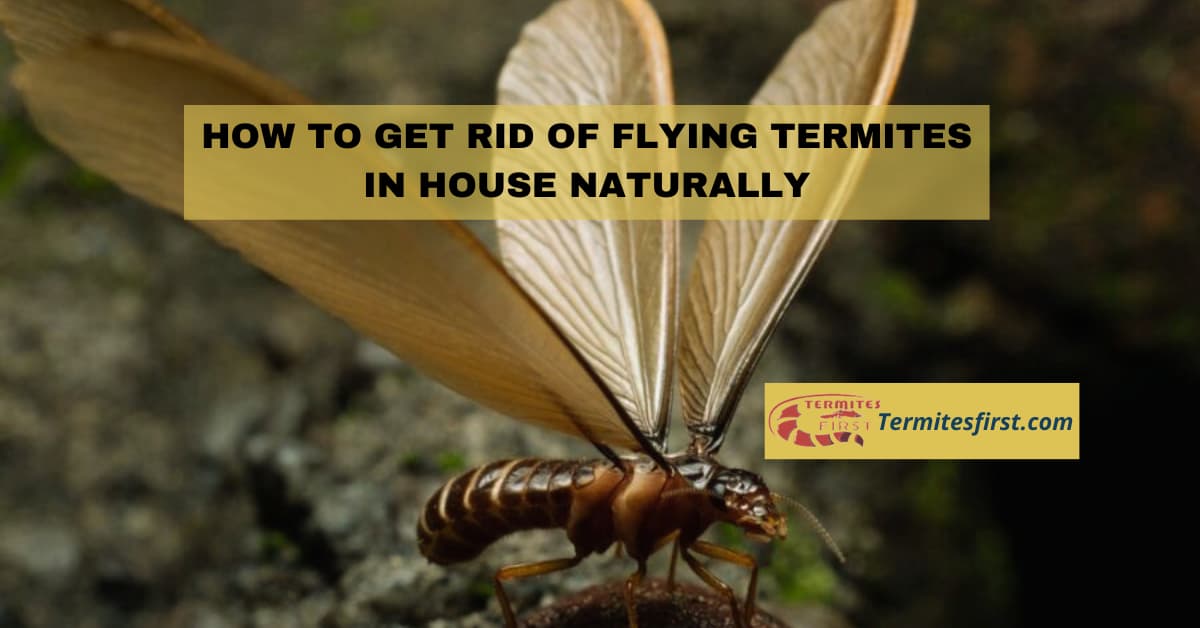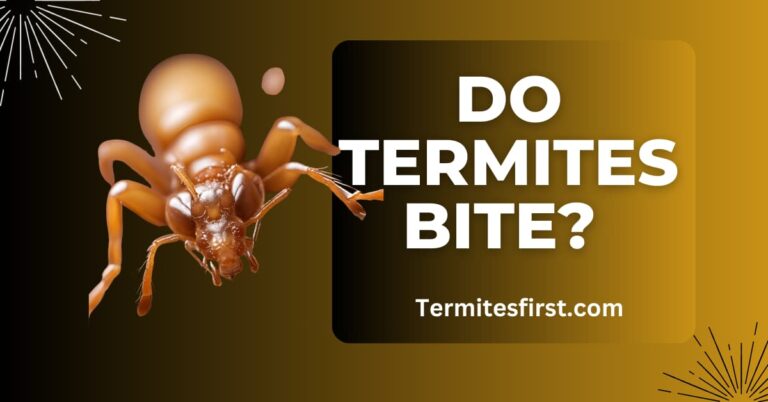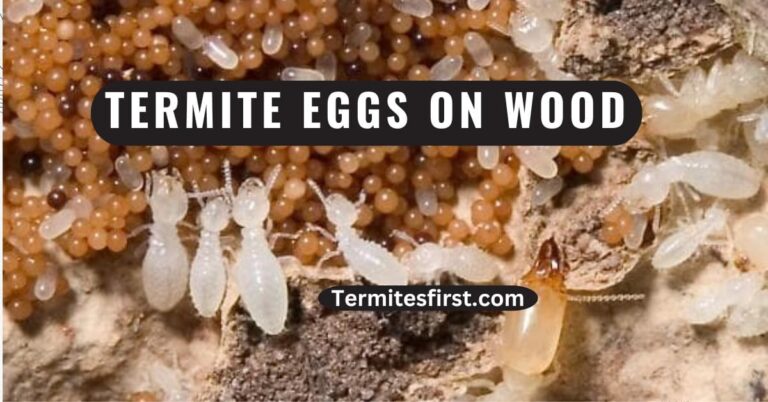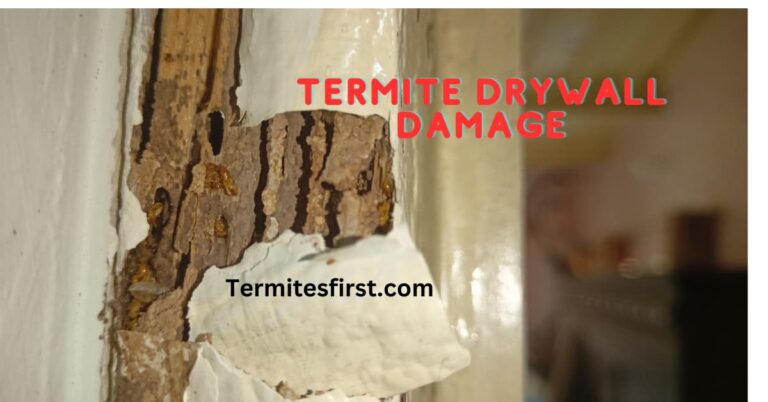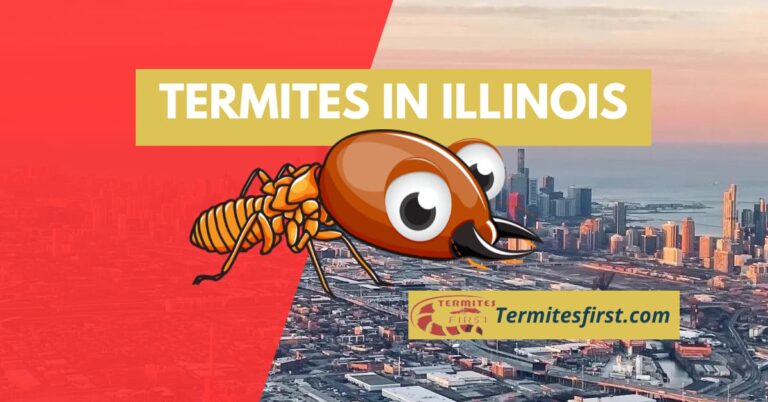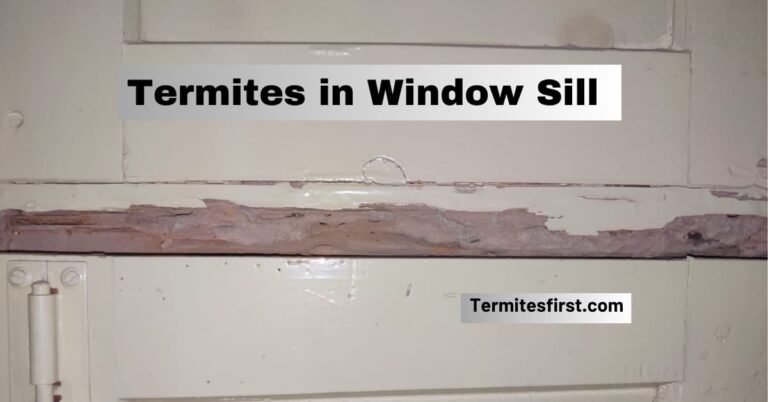How to Get Rid Of Flying Termites in House Naturally?
Ever found those winged invaders in your home and thought, “How to get rid of flying termites in house naturally?” Please don’t fret; we’ve got your back! This guide will explore simple ways to bid farewell to these unwelcome guests without reaching for harsh chemicals.
What Are Flying Termites? Meet the Flying Termites:
Flying termites, also called swarmers or alates, have wings. Unlike the worker termites who hang out in the colony, these guys fly out after rain to find a mate and start new colonies. Despite having equal-sized wings and straight antennae, they may resemble flying ants.
The Importance of Natural Removal: Why Natural Removal Matters:
Getting rid of flying termites the natural way is a big deal. It means no harmful chemicals that can harm your health, pets, or the environment. Natural methods tackle the immediate problem and help prevent future bug invasions. Plus, it’s eco-friendly—good for your home and the planet.
Physical Characteristics of Flying Termites: Spotting Flying Termites:
They have wings of equal length, straight antennae, a straight-sided waist, and come in light brown to black colors. If you see something that fits this description, it might be a flying termite, not an ant or another insect.
Why Natural Methods?
Choosing natural ways to deal with termites is a win-win. It’s safe for you and your pets, easy on the environment, and keeps termites away for the long haul. There is no need to worry about termites getting used to treatments either—they don’t build resistance like chemicals. The greatest thing, though? It won’t be expensive!
Drawbacks of Chemical Solutions:To Get Rid Of Flying Termites in House
Health Risks:
Pets and people may be in danger of health problems from the many chemical insecticides used to control termites. Extended contact with these substances may result in more serious health concerns, skin irritation, or breathing difficulties.
Environmental Impact:
Chemical pesticides may harm the environment in negative ways. They can potentially damage non-target creatures and pollute soil water supplies, upsetting ecosystems’ natural equilibrium.
Residual Effects:
Certain chemical processes leave behind residual poisons that linger in the environment for a long time. This may lead to ongoing exposure, even after the initial application.
Resistance Development:
Over time, termites and other pests can develop resistance to certain chemical treatments, rendering them less effective.
Natural Methods to Get Rid of Flying Termites
You may create a homemade termite trap by packing moist paper or wood shavings inside a cardboard box. A termite swarm will be drawn to the box if placed close. After that, close the box and store it somewhere secure.
You can use river rock, rubber mulch, or cedar mulch to cover the soil surrounding your house. These materials will not appeal to termites, who may be deterred from entering your home.
On the termites or in the regions where they congregate, you may apply a solution made of orange oil and water. D-limonene, found in orange oil, can kill termites by rupturing their exoskeletons and upsetting their digestive processes.
If termites are present, you can dust the places where they congregate with powdered boric acid. A natural pesticide that may poison and dehydrate termites is boric acid. But avoid breathing in boric acid since it can cause illness in humans and animals. Termite natural predators can be introduced, including ants, spiders, flies, reptiles, birds, and nematodes. These animals can control termite populations by feeding on them. But keep in mind that some of these predators may potentially pose a threat to your house or landscaping.
A. Preventive Measures:
Proper Home Maintenance:
Regularly inspect and maintain your home’s structure, promptly fixing any leaks or structural issues. Trim vegetation around your home to reduce termite access points.
Addressing Moisture Issues:
Keep your home dry by addressing leaks and improving ventilation. Use dehumidifiers in damp areas to discourage termite activity.
Sealing Entry Points:
To keep termites out, caulk any holes, gaps, and cracks in doors, windows, and walls. Ensure a tight seal around utility pipes and conduits entering your home.
B. Home Remedies:
Using Nematodes:
Add helpful nematodes to the surrounding soil around your house. Termites and other pests are the prey of these tiny creatures. For best results, apply the nematode product according to the directions provided.
Neem Oil Application:
Neem oil, derived from the neem tree, is a natural insect repellent. Oil and water can be combined and sprayed on problem areas or possible termite access sites.
Diatomaceous Earth:
Sprinkle food-grade diatomaceous earth in areas prone to termite activity. Termites are killed, and their moisture content is reduced by the fine powder known as diatomaceous earth.
C. Environmentally Friendly Products:
Essential Oils for Repelling Termites:
The essential oils of citrus, tea tree, and neem are well-known for warding off termites. Spray a few drops of essential oil with water around the affected regions.
Beneficial Nematodes (Again!):
These nematodes work as a preventive measure and can be applied directly to termite colonies.
Boric Acid:
Boric acid is a natural pesticide that harms the termites’ digestive tract and exoskeleton. Apply boric acid powder in areas with termite activity, but keep it out of reach of pets and children.
Combining these preventive measures, home remedies, and environmentally friendly products creates a multi-faceted approach to repel and eliminate flying termites naturally. Remember to follow product instructions carefully for optimal effectiveness.

Creating a Unfriendly Environment for Flying Termites in House
Regular Inspections:
Perform routine house inspections, paying particular attention to termite-prone areas, including attics, crawl spaces, and basements. Look for mud tubes, termite droppings (frass), and damaged wood.
Remove Wood-to-Ground Contact:
Termites like moist conditions. Use concrete or metal barriers to prevent direct wood-to-soil contact for basic materials. Elevate wooden structures like decks and porches to reduce termite access.
Proper Ventilation:
To lower humidity, make sure attics and crawl areas have enough airflow. Termites are attracted to moist environments. Use exhaust fans and vents to improve air circulation.
Trim Vegetation:
Keep vegetation, especially trees and shrubs, away from the house. Trim branches that may touch or come close to the structure, preventing termites from using them as a bridge.
Mulch Moderation:
If using mulch in your landscaping, keep it safe from your home’s foundation. Consider alternatives like gravel or rubber mulch that are less attractive to termites.
Proper Storage Practices:
Lumber, firewood, and other wooden items should be kept out of the house, ideally on an elevated platform. Regularly inspect stored items for signs of termite activity.
Minimize Moisture:
Fix leaks promptly, whether it’s a dripping faucet or a leaky roof. Ensure your home is properly drained to avoid standing water close to the foundation.
Termite-Resistant Materials:
When building or rebuilding, consider choosing naturally resistant timber, like cedar, or termite-resistant materials, such as pressure-treated wood.
Termite-Resistant Plants:
Choose plants that are less attractive to termites for landscaping around your home.
Professional Inspections:
If you reside in a region where termite infestations are common, schedule routine expert termite inspections.
Costly repairs and significant damage can be avoided with early diagnosis. Implementing these tips creates an environment less conducive to termite infestations, making your home less attractive to these wood-destroying pests. Make sure to arrange for regular professional termite inspections, especially if you live where termite infestations are widespread.
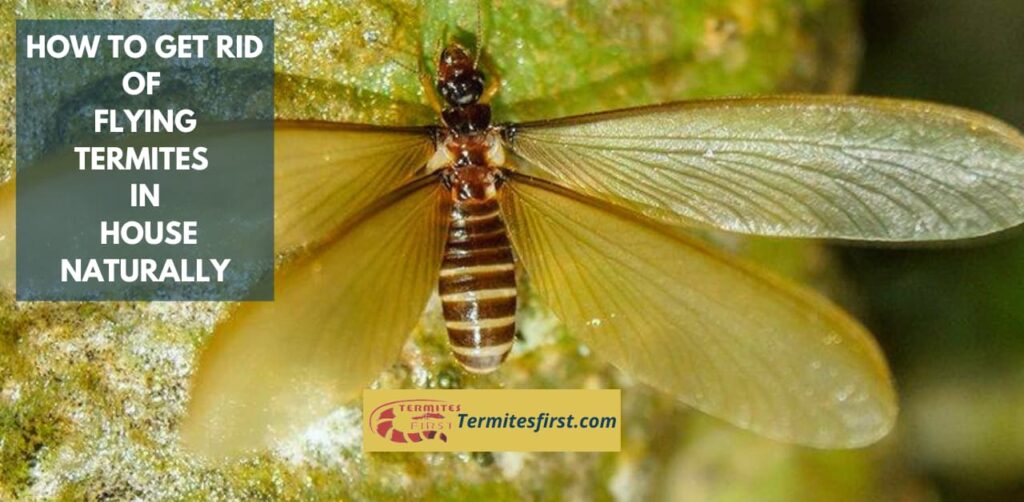
When to Seek Professional Help for Flying Termite Control:
If those flying termites won’t budge despite your best natural tricks, it might be time to bring in the professionals. Look out for serious signs like visible damage to your home’s core areas or if you’ve got a termite army that seems unbeatable. Your DIY efforts are hitting a wall, or you’re on a tight schedule, like selling your house. In these cases, getting the experts on the scene could be your quickest ticket to termite-free living.
Picking an Earth-Friendly Pest Squad:
When choosing a pest control crew, it’s smart to go green. Start by checking out reviews to see if they walk the eco-friendly talk. Look for badges or certifications showing they’re serious about being kind to the environment. Ask about their game plan—are they into non-toxic tricks and traps rather than a chemical blitz? Go for a team that’s all about Integrated Pest Management (IPM), a fancy term for using a mix of gentle tricks on nature.
Keep the conversation open
A good crew will spill the beans on how safe and eco-friendly their methods are. Check if they customize their plan based on your specific termite saga and have a track record with similar cases. Get the lowdown from past customers—they’ll spill the real tea on how well the service worked and how green it is. Look for a team that’s not just about a quick fix but is all in for long-term solutions that don’t rely too heavily on chemicals. You’ll kick those termites to the curb by picking an eco-wise crew without wrecking the planet or your peace of mind.
Conclusion:-
To sum it up, early recognition is key when dealing with those pesky flying termites. Give natural methods a shot—think home maintenance, addressing moisture, and using friendly remedies like neem oil or diatomaceous earth. Make your home a tough spot for termites by keeping things dry and inspecting regularly. If the DIY route doesn’t quite do the trick, know when to bring in the pros, but make sure they’re eco-friendly heroes. So, before you dial in the experts, why not try these natural tricks first? They’re not just good for you; they’re kind to the planet, too. Happy termite-tackling!
FAQ’s:-
To eliminate flying termites, identify their source, seal entry points, and use termite sprays. For severe infestations or uncertainty, consult professional pest control. To prevent future problems, opt for regular termite inspections and maintain good ventilation while keeping wood away from your home’s foundation.
Vinegar can repel flying termites temporarily due to its strong odor, but it’s not a reliable method to kill them. It’s best to use specialized methods or consult a pest control professional for effective termite control, as vinegar only provides a short-term solution.
Chemical termiticides, such as liquid barriers or bait systems, are the fastest way to kill termites. Liquid termiticides create a protective barrier, while bait systems use poisoned bait to eliminate the colony.
While home remedies like orange oil, boric acid, cardboard traps, beneficial nematodes, and heat can help with minor termite issues, professional pest control is the most reliable solution for significant infestations.
The best homemade termite killer is a boric acid and water mixture. However, professional pest control is the more reliable choice for serious termite issues.

